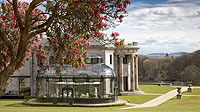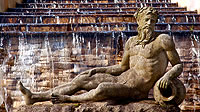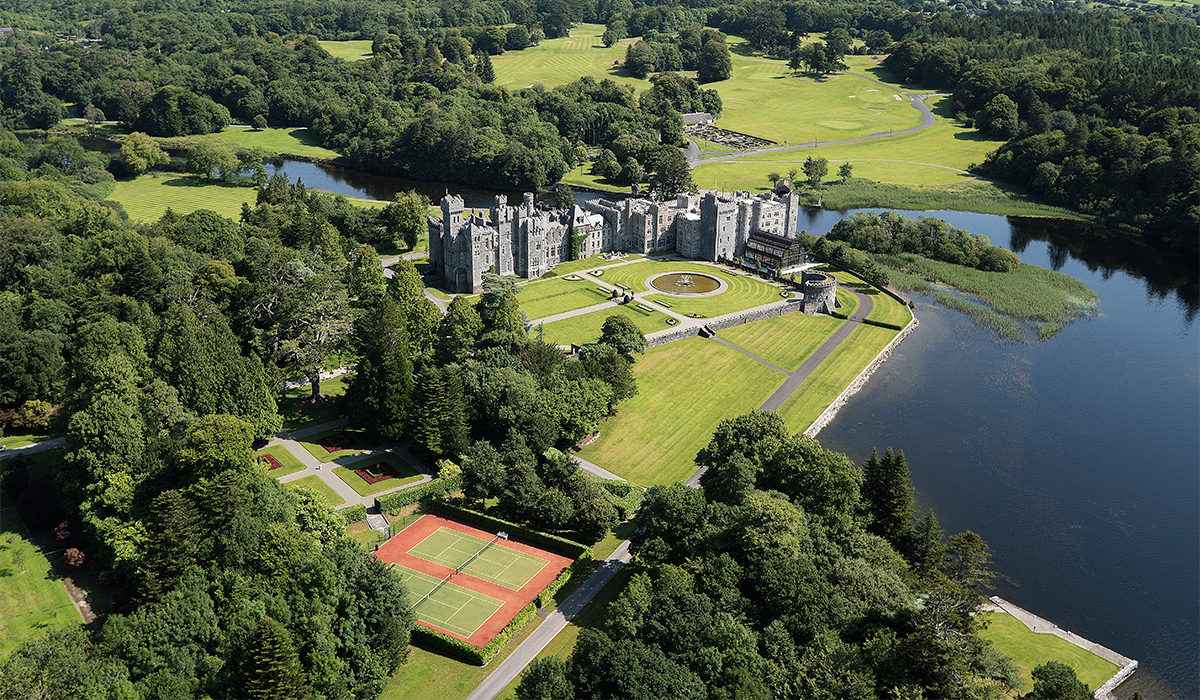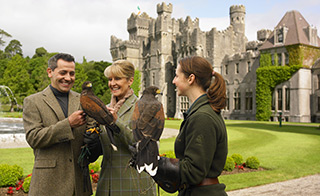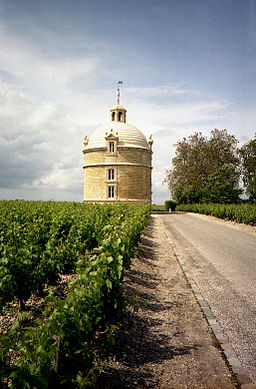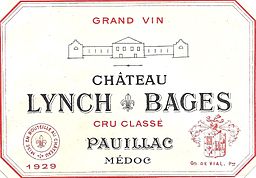Toulouse is the capital of the French department of Haute-Garonne and of the region of Occitanie. The city is on the banks of the River Garonne and it is the fourth-largest city in France after Paris, Lyon and Marseille, with a half a million inhabitants. A city with unique architecture made of pinkish terracotta bricks, which earned it the nickname la Ville Rose ("the Pink City"), Toulouse counts two UNESCO World Heritage Sites, the Canal du Midi (designated in 1996, and shared with other cities), and the Basilique St. Sernin, the largest remaining Romanesque building in Europe, designated in 1998 because of its significance to the Santiago de Compostela pilgrimage route.
Toulouse is the European capital of the aeronautic and spatial industry with Airbus headquarterd in the city. Thanks to its large population of students, Toulouse has been selected as the most dynamic French city in 2009 according to L’Express newspaper. For amateurs, there is nothing better than to end a game of rugby by enjoying local gastronomy, specifically the famous cassoulet.
Hotels
La Cour des Consuls 5*

On the centuries-old rue des Couteliers, surrounded by old streets full of bars, restaurants and antique dealers, this hotel is a 10-minute walk from the Place du Capitole, Toulouse’s famous central square. La Cour des Consuls occupies two 18th-century townhouses that have been converted into sophisticated accommodation. The professional service and fine-dining restaurant make it one of the top luxury places to go for a weekend break in Toulouse and an ideal pre or post bike tour destination. Their spa particularly is an enticing feature.
Ours Blanc Wilson 4*

Entirely renovated in 2014, the hotel Ours Blanc Wilson has become emblematic with its Art-Deco facade and its round shape that forms the link between Place Wilson and Place Victor Hugo. The hotel enjoys a central location in the heart of Toulouse, near cinemas, department stores, theatres, museums, and restaurants. The elegantly decorated rooms are surprisingly quiet for such a centra location and the hotel provides a relaxing atmosphere throughout.
Hôtel Albert 1er 3*

Located in the very heart of Toulouse, the Hotel Albert 1er is located only a few minutes from the famous Place du Capitole and other important attractions. This classy and environmentally-friendly hotel has received the European eco-label and is proud to offer a rich breakfast composed of biological and local products.
Restaurants
Le Pavé des Minimes

Located in the neighbourhood of Claude Nougaro, Le Pavé des Minimes welcomes you in a charming and typical “Toulousaine” manner. Here you can taste gourmet and authentic cuisine, made from fresh products, where the focus is on home made dishes. The restaurant team offers a menu adapted seasonally by the chef, along with desserts delicately flavoured with local ingredients.
Michel Sarran
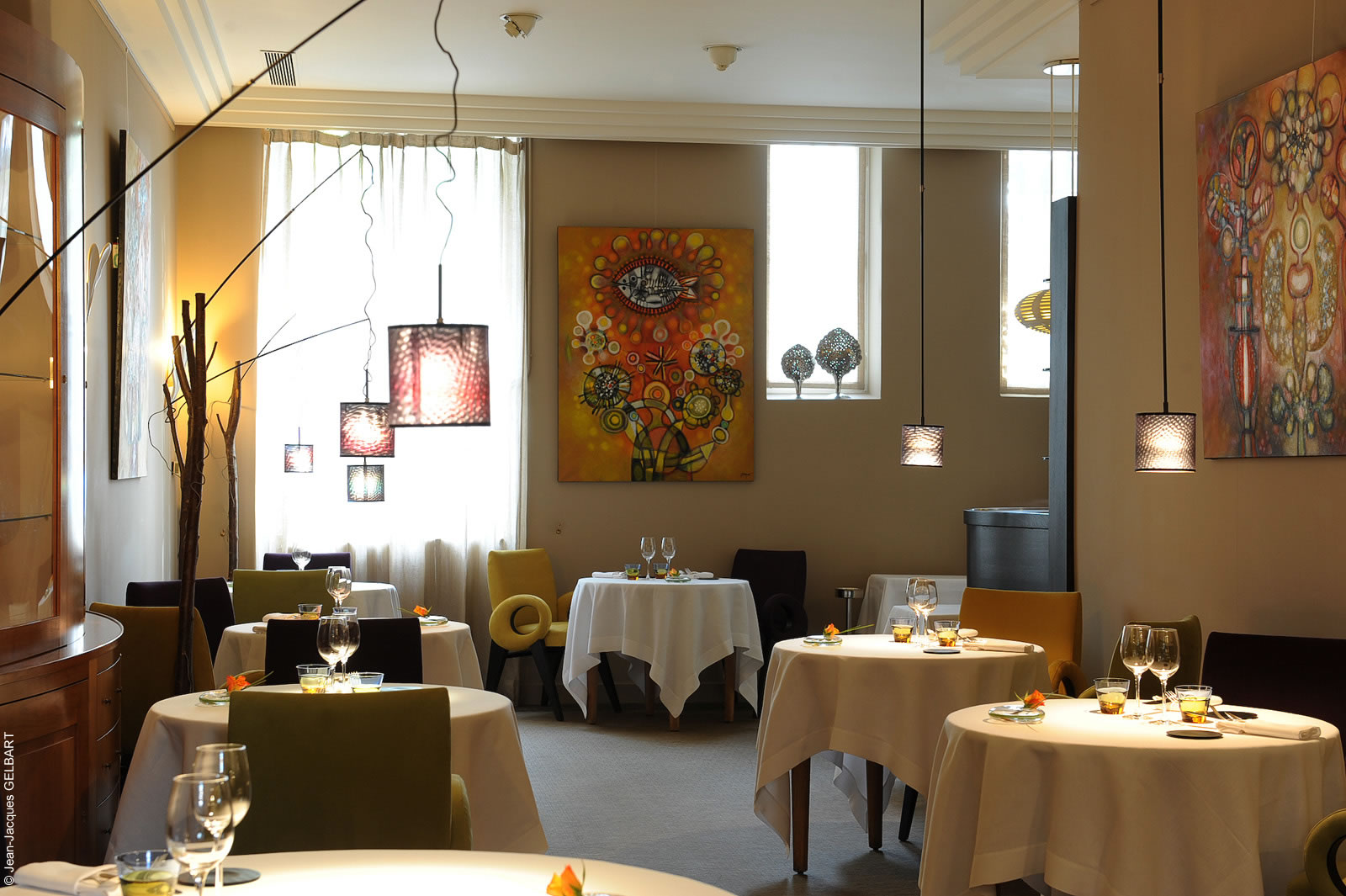
Located behind the University du Capitole, Restaurant Michel Sarran offers one of the highest quality dining experiences possible in Toulouse. Unless you know where to look for it, you may not pay attention to this gorgeous and luxurious restaurant. And that would be a pity. A top-class welcome is guaranteed to guests where the focus is on the food experience, guaranteed by one of France's top Chefs. Advance Booking is necessary.
Au Pois Gourmand
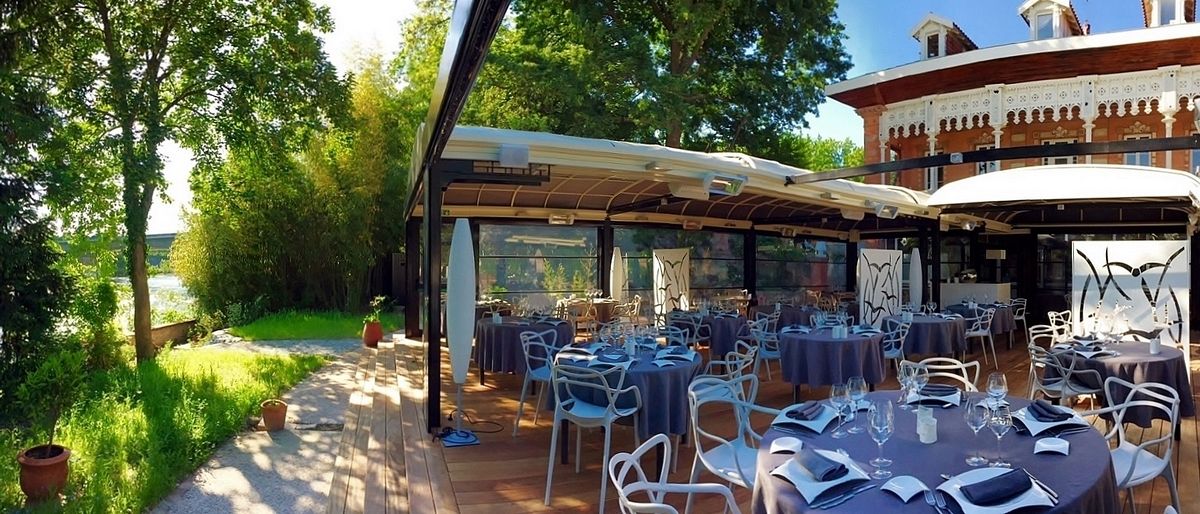
Nestled in a splendid 19th century building, Au Pois Gourmand boasts one of the best terraces on the banks of the river La Garonne. Its romantic, splendid setting, coupled with an emphasis on gourmet French cuisine, is highly recomended.
Bibent - Christian Constant
This place, opened in 1861, is one of the oldest brasseries in Toulouse and is rich in history. Located on the Place du Capitole, Bibent offers a splendid neo-baroque setting and a warm atmosphere that is completed by numerous gastronomic specialities, all concocted from fresh and seasonal products.
Attractions
La Place du Capitole
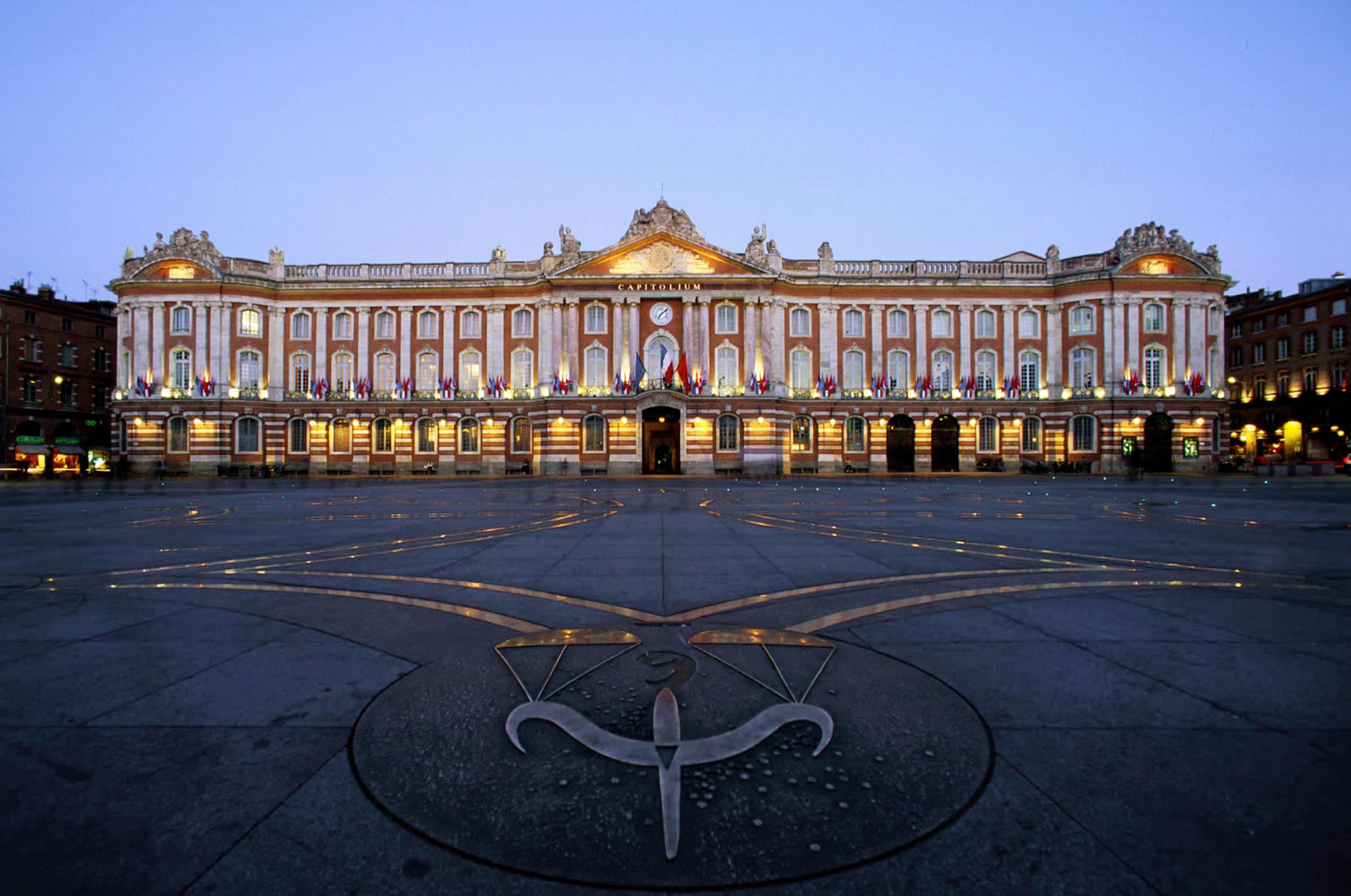
The seat of the municipal government since the 12th century, this neoclassical masterpiece displays its majestic brick and stone façade on the unmistakable Place du Capitole. Enlarged, transformed, embellished in every era, the scenery inscribed on the walls of the Capitole building itself tells the great moments of Toulouse's history: from the Cathar episode to the creation of the floral Games, from the Counts of Toulouse to the city's headquarters. Famous for its state rooms, the Salle des Illustres are unmissable. Here you will learn about Henri Martin, Jean-Paul Laurens, Paul Gervais and many other artists who have painted or carved the decor of these rooms. Lovers of lyrical art will appreciate the famous opera house in Toulouse also located here.
Le Couvent des Jacobins
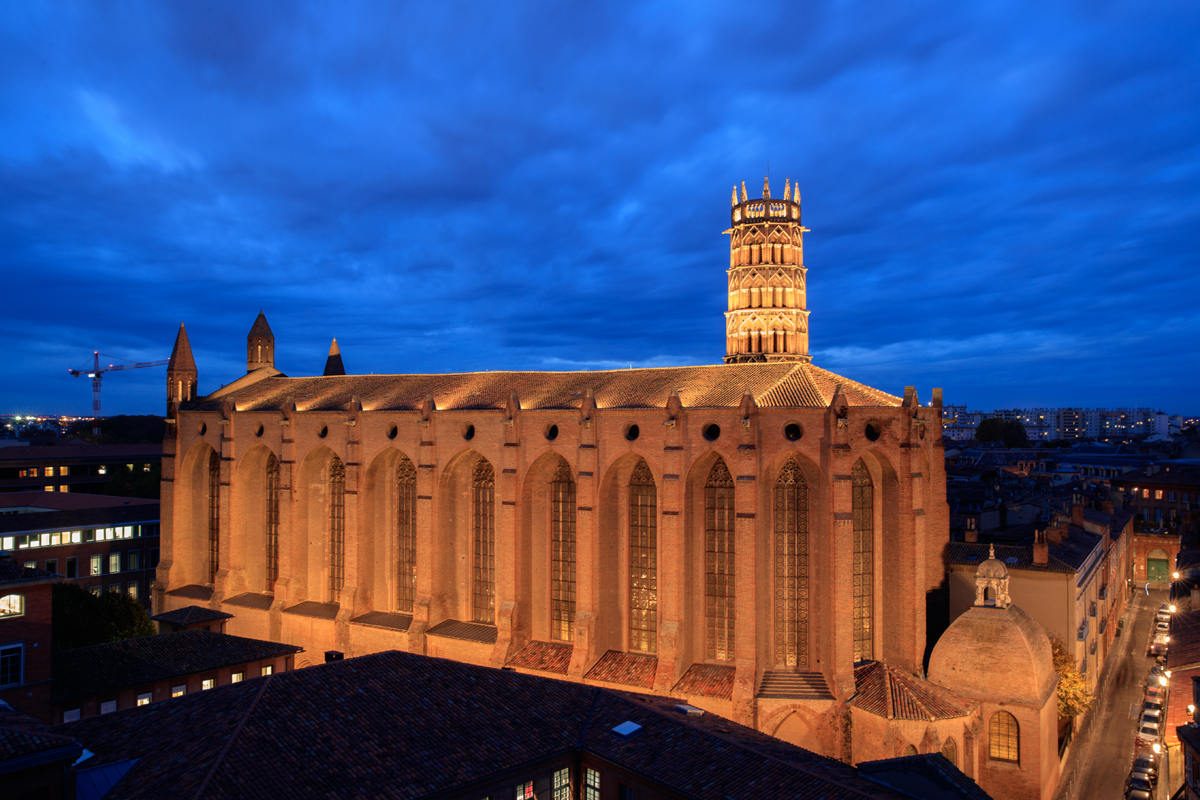
Founded by the Order of Dominicans, le Couvent des Jacobins is a jewel of medieval art in the heart of the city. The church, where the relics of St. Thomas Aquinas rest, will fascinate with its double nave with its painted decoration, its magnificent stained glass windows and its surprising palm-shaped vault. Entering the serene cloister, and through the convent symbolizing the Garden of Eden, the former refectory, the chapter house and the chapel of Saint Antonin (whose painted decors, beautifully restored) it is possible to while away many hours at this fascinating attraction.
Foundation Bemberg
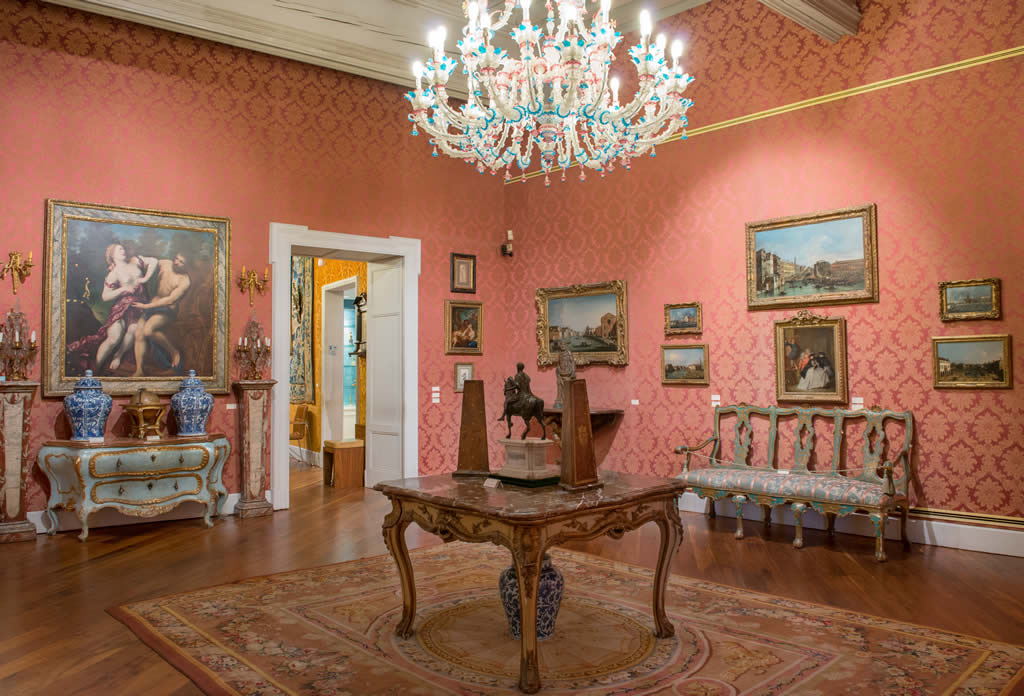
Since 1995, the Bemberg Foundation has been installed in the superb hotel of Assézat, jewel of the Renaissance. Created by Argentinean patron Georges Bemberg, it offers an artistic journey of the West from the end of the Middle Ages to the 20th century. The first floor is organized in salons of Renaissance and XVIIIth century where furniture and objets d'art mingle, reviving the interiors of time. The second floor is devoted to impressionist and post-impressionist paintings. Do not miss the room dedicated to Pierre Bonnard, exceptional for his 35 paintings.
Basilique Saint Sernin
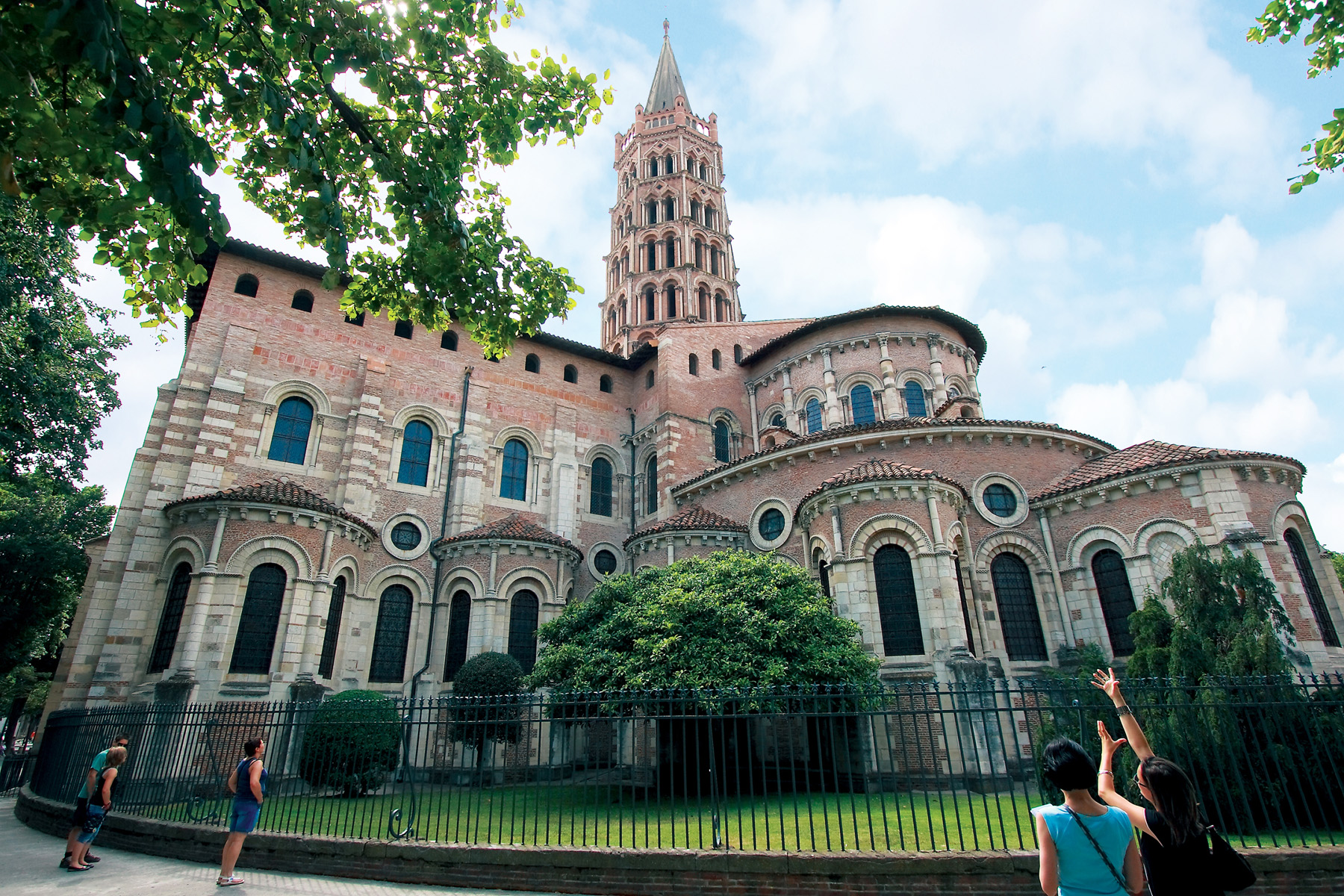
On the roads to Santiago de Compostela, the Basilique Saint Sernin, a masterpiece of Romanesque art, is a UNESCO world heritage site. Built in honor of Saint Saturnin (or Sernin), first bishop of Toulouse, its construction took from the 11th to the 13th century. Wander around the building and admire the elegant features, staggered from the chapels to the octagonal bell tower, characteristic of Toulouse architecture. Inside, 5 ample vaulted aisles converge towards the choir and the canopy of gilded wood and marble. Access the crypts and the tour of the holy bodies, treasure of relics which testifies to the prestigious past of this pilgrimage church.
Jardin Japonais
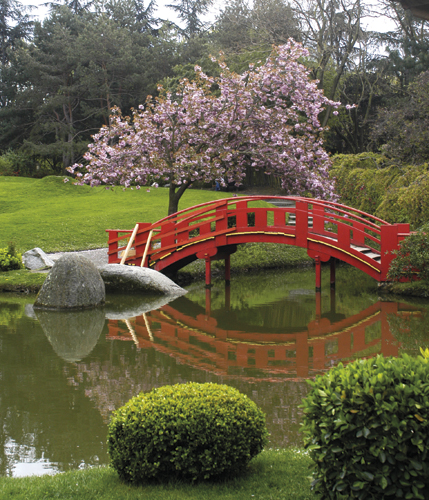
Located near the old visible rampart Armand Duportal Boulevard, this garden surprises by its exoticism. A few steps from the administrative centre and the congress centre, its environment is conducive to meditation and rest. Labelled as a remarkable garden, it is the synthesis of the existing gardens in Kyoto, built between the XIVth and the XVIth century. It contains all the characteristic elements: a staging of the mineral world, the vegetable world and the aquatic world, decorated with typical elements such as the surrounding wall, bridges, lanterns and the tea pavilion.

